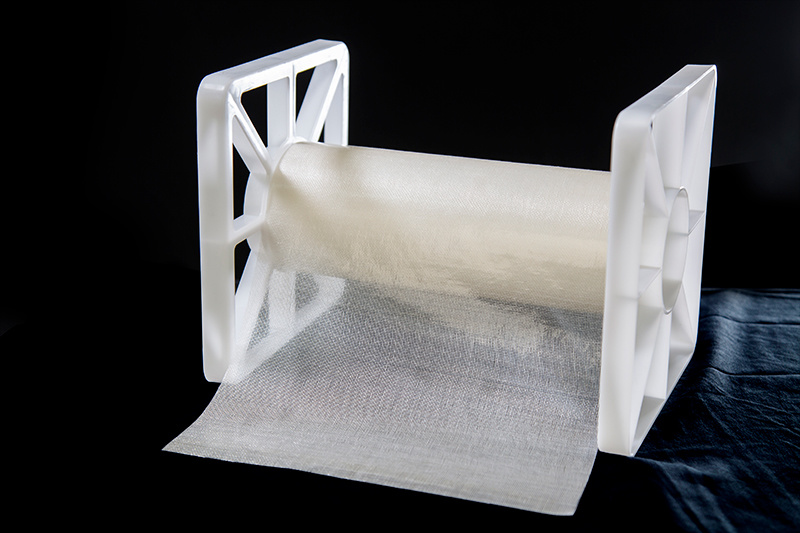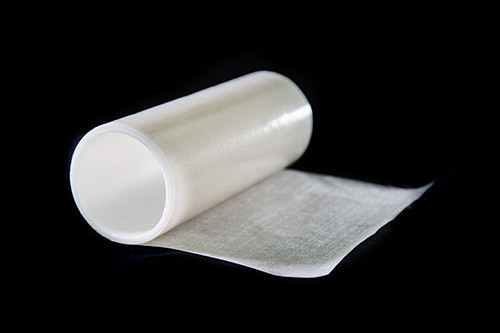Product Introduction Of Ion Exchange Membranes:
The ion exchange membranes we produce are made of perfluorosulfonic acid resin with the best molecular weight and ion exchange capacity using a special casting process. The ion exchange membranes we produce have the characteristics of uniform thickness and are widely used in various electrolytic application fields such as chlorine dioxide generators, copper recovery in etching solutions, gold salt production, amino acid refining, caustic soda production, electrodialysis and related electrolysis industries.
Product Advantages Of Proton Exchange Membranes For Electrolysis:
The Proton exchange membranes for electroplating we produce have excellent conductivity and ion selectivity, which improves the efficiency and quality of the electrolysis and electroplating processes, thereby ensuring the quality of the final product. Using advanced materials and manufacturing technologies, the Proton exchange membranes for electroplating we produce have excellent mechanical and chemical stability, can withstand harsh working conditions, and extend service life.

Thickness And Basis Weight Properties:
| Membrane Type | Thickness(microns)(um) | Weight(g/m²) |
| PXEL-360-T01 | 360 | 470 |
Physical And Other Properties:
| Physical and Other Properties | Typical Value | Test Method |
| Tensile Test (23°C, 50% RH) | ||
| Tensile Strength(MPa) | ≥40 | ASTM D882 |
| Elongation at break(%) | ≥100 | ASTM D882 |
| Specific Gravity | 1.35 | — |
| Other Properties | Typical Value | Test Method |
| Conductivity(S/cm) | >0.100 | GB/T 20042.3-2022 |
| Acid Capacity(meq/g) | 1.00±0.05 | GB/T 20042.3-2022 |
Hydrolytic Properties:
| Hydrolytic Properties | Typical Value | Test Method |
| Water Content(%) | 5.0±3.0 | ASTM D570 |
| Water Uptake(%) | 50.0±5.0 | ASTM D570 |
| Thickness Swelling Rate, % increase (23°C, 50% RH) | ||
| 23°C soaked (%)from 50% RH | ≤5 | ASTM D756 |
| 100°C soaked (%)from 50% RH | ≤10 | ASTM D756 |
| Linear Expansion, % increase(23°C, 50% RH) | ||
| 23°C soaked from 50% RH | ≤2 | ASTM D756 |
| 100°C soaked from 50% RH | ≤5 | ASTM D756 |

Precautions For Using Ion Exchange Membranes:
During the electrolysis or electroplating process, ensure the purity of the electrolyte solution and avoid impurities that may cause membrane material degradation.
Regularly check the status of the electrolytic cell and membrane, remove the sediment in the cell in time, and keep the membrane surface clean in order to improve the electrolysis efficiency of Proton Exchange Membranes for Electrolysis and extend the service life of the membrane.
Avoid electrolysis without electrolyte solution to avoid damage to the membrane material.
Notes Of Ion Exchange Membranes:
Measurements taken with membrane conditioned to 23℃, 50% RH for 24h.
Conductivity measurement taken at 23℃, 100% RH.
A base titration procedure by using the caustic soda measures the equivalents of sulfonic acid in the membrane, thus calculating the acid capacity or equivalent weight of the membrane.
Water content of membrane conditioned to 23℃ and 50% RH (dry weight basis).
Water uptake of dry membrane conditioned in water at 100℃ for 1 hour (dry weight basis).